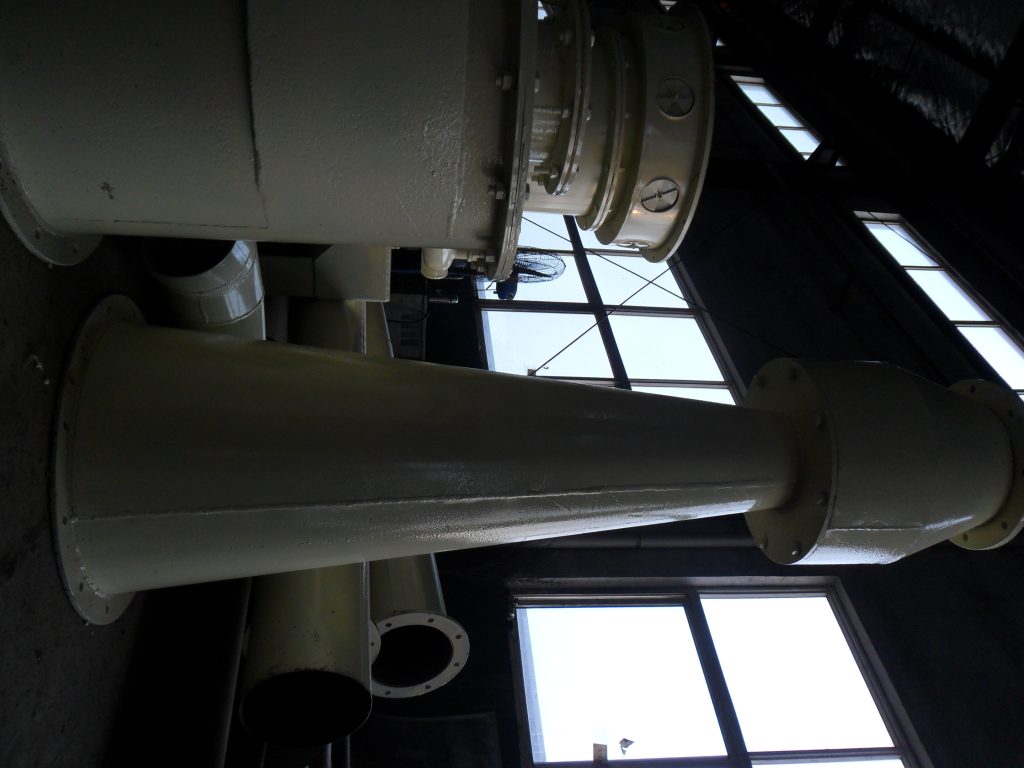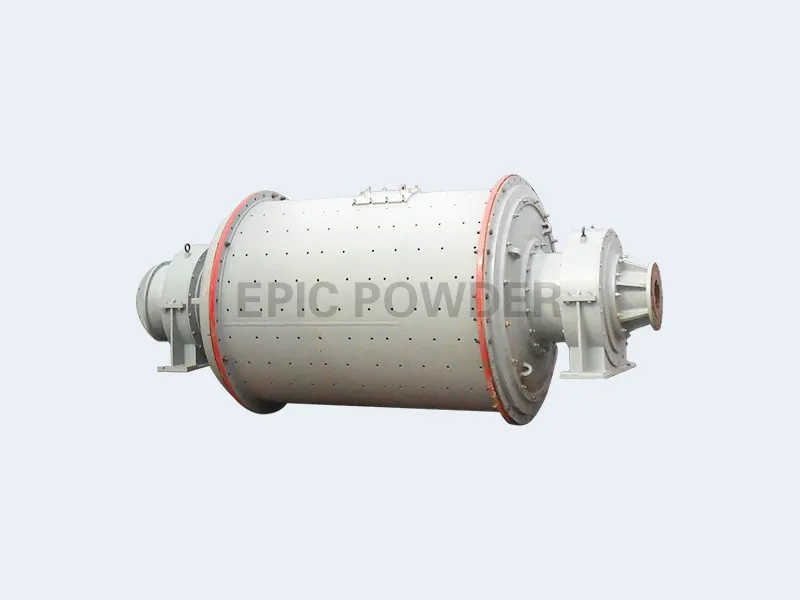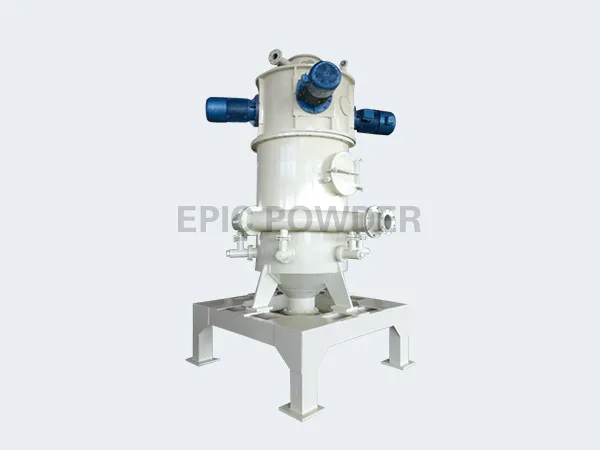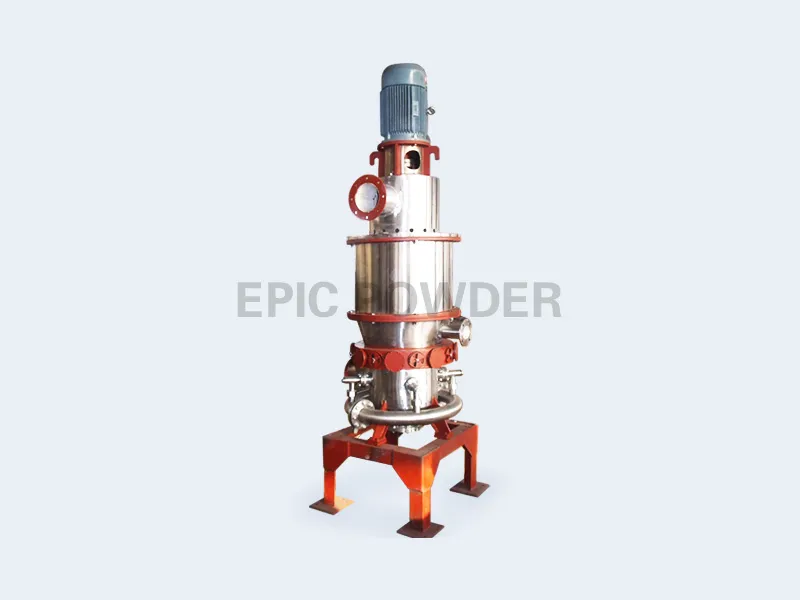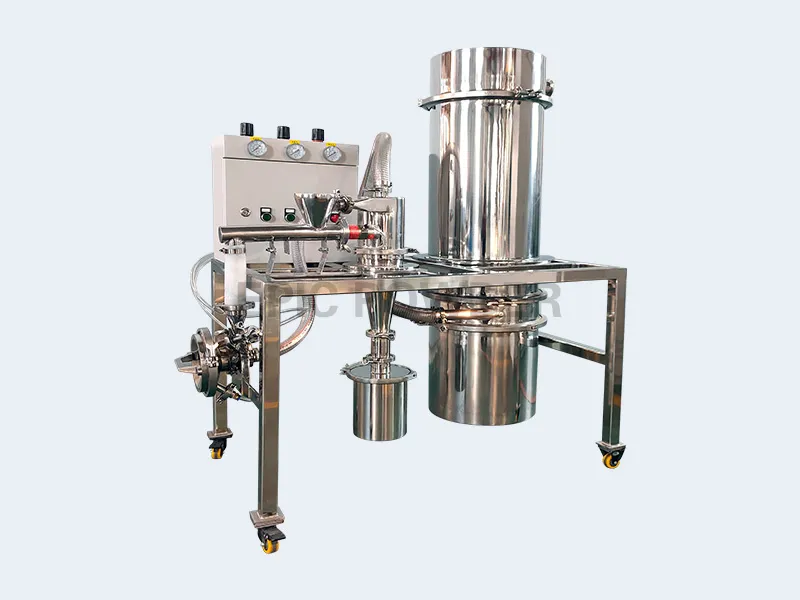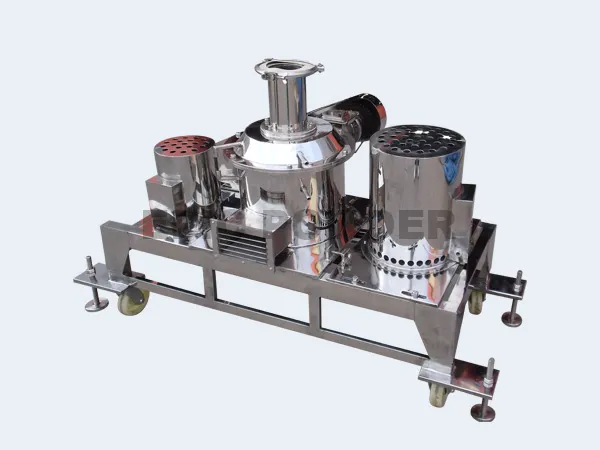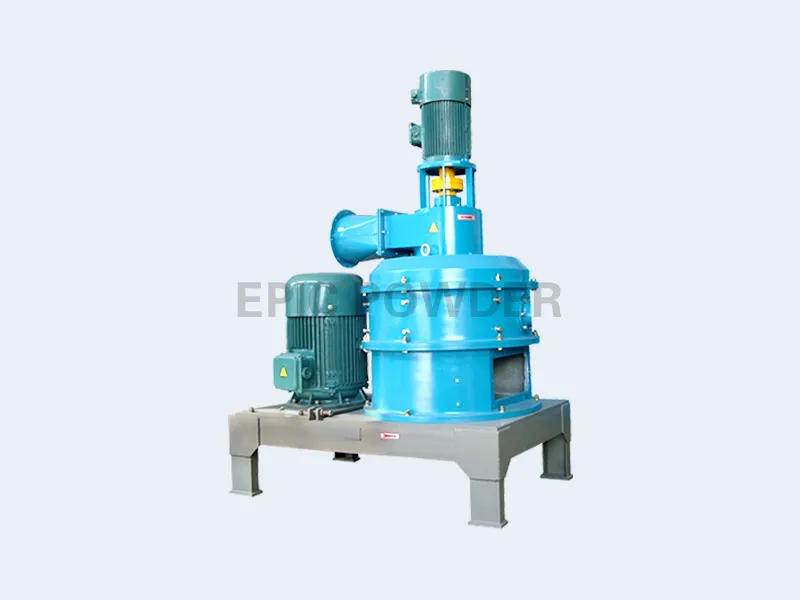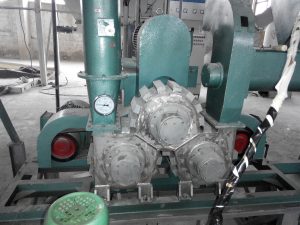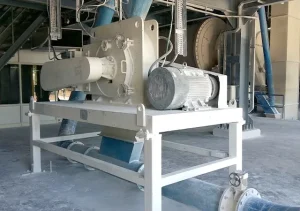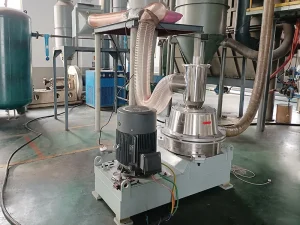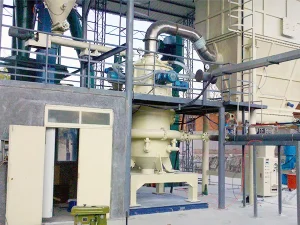Cyclone separators are widely used in industrial applications to separate solid particles from gas or liquid streams. They use centrifugal force generated by swirling airflow to separate particles based on size and density. This article provides a comprehensive overview of cyclone separators, including their working principles, advantages, and disadvantages.
Definition and Working Principle of Cyclone Separators:
A cyclone separator is a mechanical device that uses centrifugal force to separate particulate matter from a fluid stream. The separator consists of a cylindrical chamber with an inlet for the contaminated fluid and an outlet for the clean fluid. The fluid enters tangentially into the cyclone, creating a vortex or cyclonic motion. As the fluid swirls within the chamber, the centrifugal force pushes the heavier particles towards the outer wall, causing them to move downward and eventually collect at the bottom of the separator. The cleaned fluid exits through the central outlet.
Advantages of Cyclone Separators:
- Simple Design and Operation: Cyclone separators have a relatively simple design and operation, making them easy to install, operate, and maintain.
- Cost-Effective Solution: Cyclone separators are cost-effective due to their simplicity and minimal power requirements compared to other particle separation methods.
- High Separation Efficiency: Cyclone separators can achieve high separation efficiencies, effectively removing a wide range of particle sizes from the fluid stream.
- No Moving Parts: Cyclone separators do not rely on mechanical components such as pumps or filters, reducing the risk of mechanical failure and minimizing maintenance needs.
- Versatility: Cyclone separators can be used for various applications across different industries, including dust collection, gas-solid separation, liquid-solid separation, and more.
Disadvantages of Cyclone Separators:
- Limited Particle Size Range: Cyclone separators are more effective for larger particles (>10 microns) and may have reduced efficiency for smaller particles. Fine particle separation typically requires additional techniques or equipment.
- Pressure Drop: Cyclone separators can induce a pressure drop in the system due to the fluid flow resistance, which may affect the overall system performance and require additional energy for compensation.
- Sensitivity to Flow Rate Changes: Cyclone separators may experience decreased efficiency if there are significant variations in the feed flow rate. Proper design considerations should be taken to ensure stable and optimal operation under varying conditions.
- Potential for Particle Re-entrainment: Smaller particles may be re-entrained and carried with the clean fluid stream, reducing the separation efficiency. Optimization of design parameters can mitigate this issue.
- Space Requirements: Cyclone separators may require sufficient space for installation, especially when dealing with significant flow rates or multiple units.
Applications of Cyclone Separators:
Cyclone separators find extensive applications across various industries, including but not limited to:
- Dust Collection: Cyclones are commonly used in dust collection systems to remove airborne particles from industrial processes, improving air quality and preventing equipment damage.
- Gas-Solid Separation: Cyclone separators are employed in gas-solid separation processes such as pneumatic conveying systems, coal-fired power plants, and cement production.
- Liquid-Solid Separation: Cyclones can effectively separate solid particles from liquid streams, finding application in wastewater treatment, oil and gas industries, and mining operations.
Cyclone separators offer numerous advantages, including simple design, cost-effectiveness, high separation efficiency, and versatility in particle separation applications. However, they also have limitations concerning particle size range, pressure drop, sensitivity to flow rate changes, potential particle re-entrainment, and space requirements. Understanding these advantages and disadvantages is essential for selecting, designing, and optimizing cyclone separators for specific industrial processes. When properly implemented, cyclone separators can provide efficient and reliable particle separation, contributing to improved process efficiency, reduced environmental impact, and enhanced product quality.

